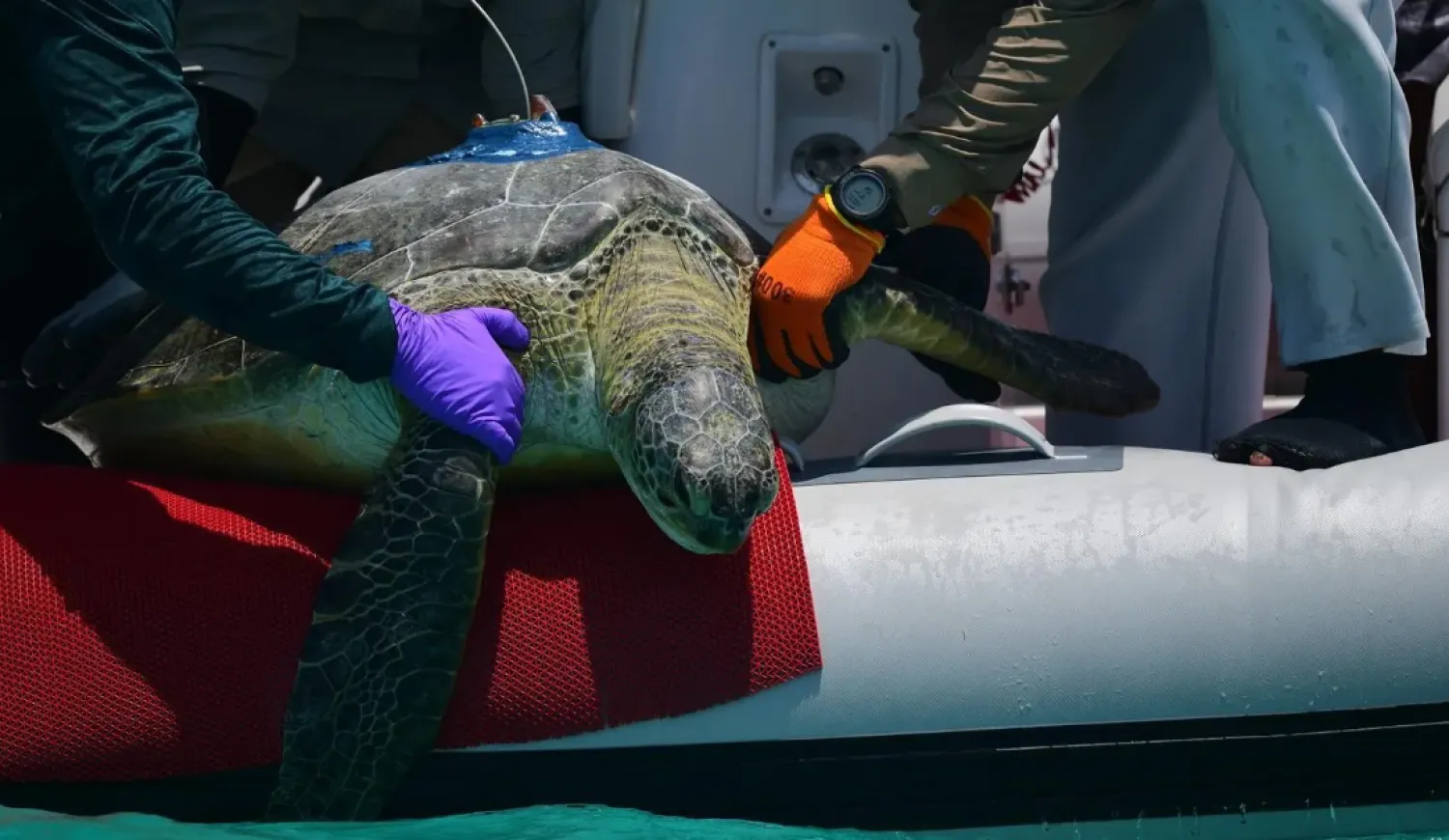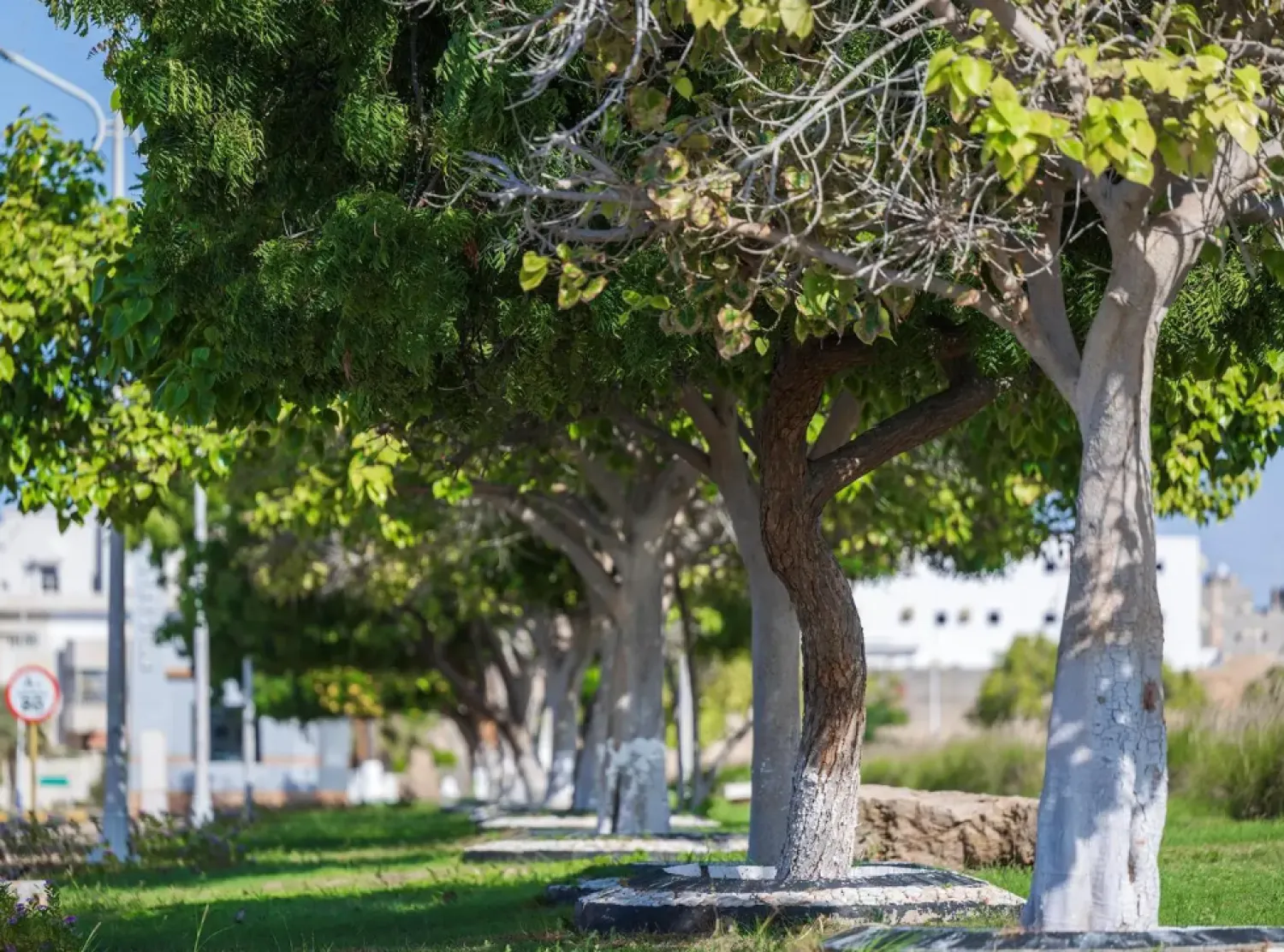A Spanish researcher suggested that ancient Egyptians chewed narcotic plants after spotting sexual dimorphism in ancient Egyptian skulls unearthed at the Montuemhat necropolis (TT34), in the Assasif region, in Luxor (southern Egypt).
Sexual dimorphism is the systematic difference in form between individuals of different sex in the same species.
Researcher Jesus Lopez, from the biology department at Madrid’s Cantoblanco Universidad, conducted a study involving skulls of 43 women and 41 men.
He found that men had a very wide face, while women had remarkable differences in their zygomatic arch (cheek bone), a bone extending forward from the side of the skull, over the opening of the ear. The zygomatic arch plays a key role in the masticatory system.
In his study published in the latest issue of the Journal of Anthropological Sciences, Lopez seemed surprised to spot differences between men and women faces, but he ruled out a link between these differences and nutrition as both genders consumed the same food.
“You should look for other activities that are not necessarily linked to food; it’s probably related to the mastication system. It could be the mastication of qat and betel (an addictive plant with tobacco-like characteristics), or the use of the mouth as a third hand in some functions,” he told Asharq Al-Awsat.
Lopez also spotted significant fragility in the occipital condyle, the point which connects the head and the spinal cord. This case was widespread in both genders, even in young skulls, but mostly among women, which suggest that both women and men used their heads for work.
“Images from ancient Egypt depict women carrying heavy loads on their heads. Today, we see the same scene in many countries, where women carry loads on their heads, making a lot of efforts to maintain their balance, while performing other tasks. We found the same effects in the skulls of men, which suggests that men also carried heavy loads although this isn’t depicted in ancient Egyptian images,” Lopez explained.
“We cannot differentiate the types of loads, but we know they were heavy,” he added.
Egyptologist Bassam al-Shamaa rejected Lopez’s allegation about the narcotic plant mastication.
“I agree with the Spanish research’s interpretation on the fragility in the occipital condyle based on images showing men carrying heavy loads on their heads like women, but the use of the mouth as a third hand should be the only suggested reason behind differences in the zygomatic arch,” he told Asharq Al-Awsat.
“We have clear evidence from images engraved on temples’ walls that ancient Egyptians used their mouth as a third hand in some professions including shoe manufacturing,” he added.









